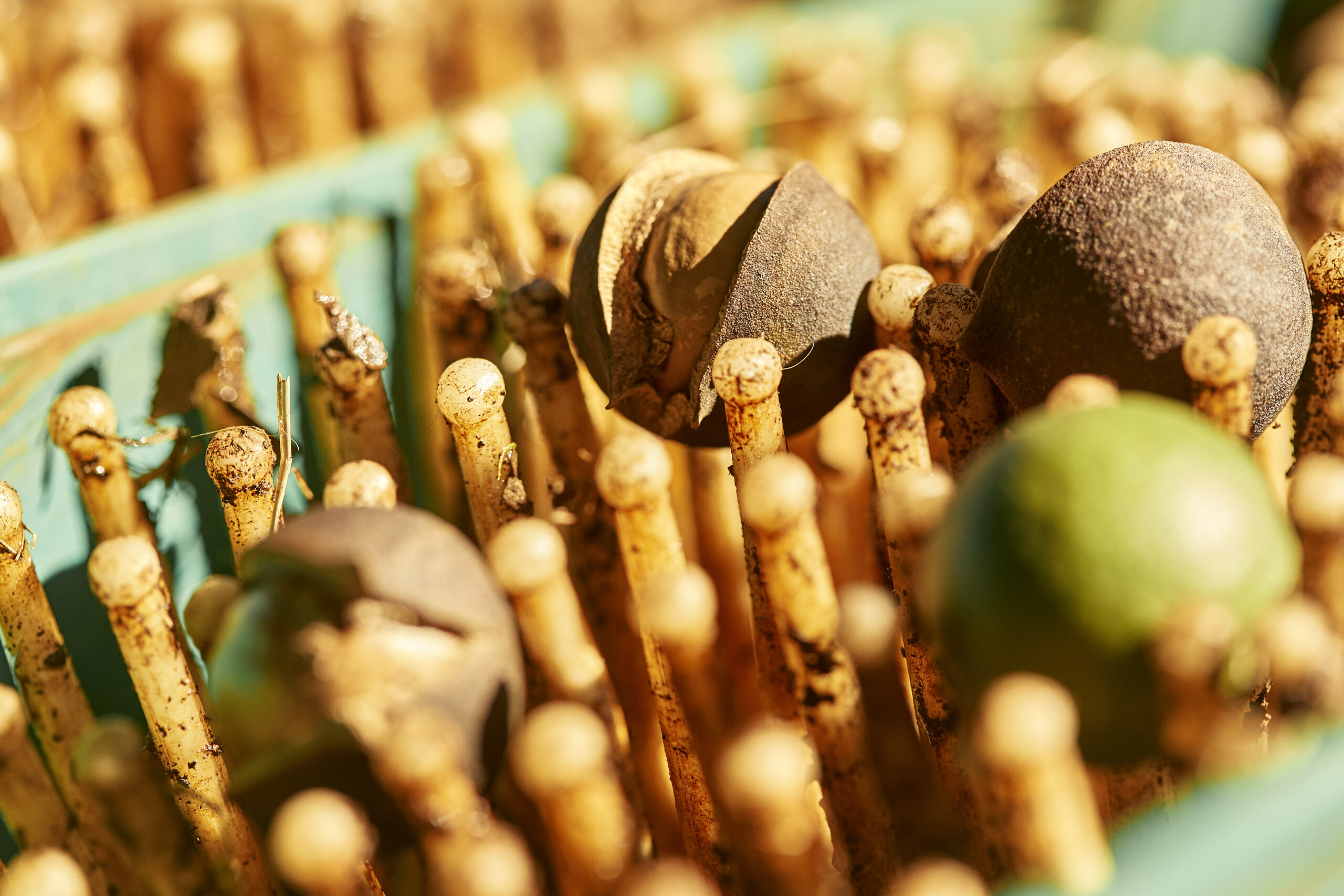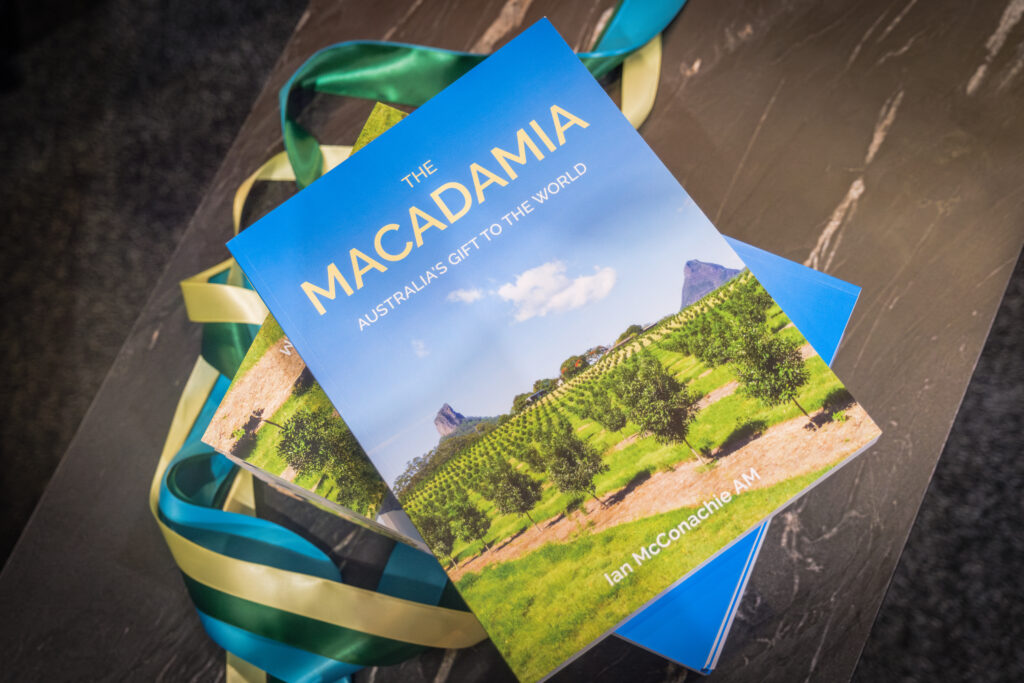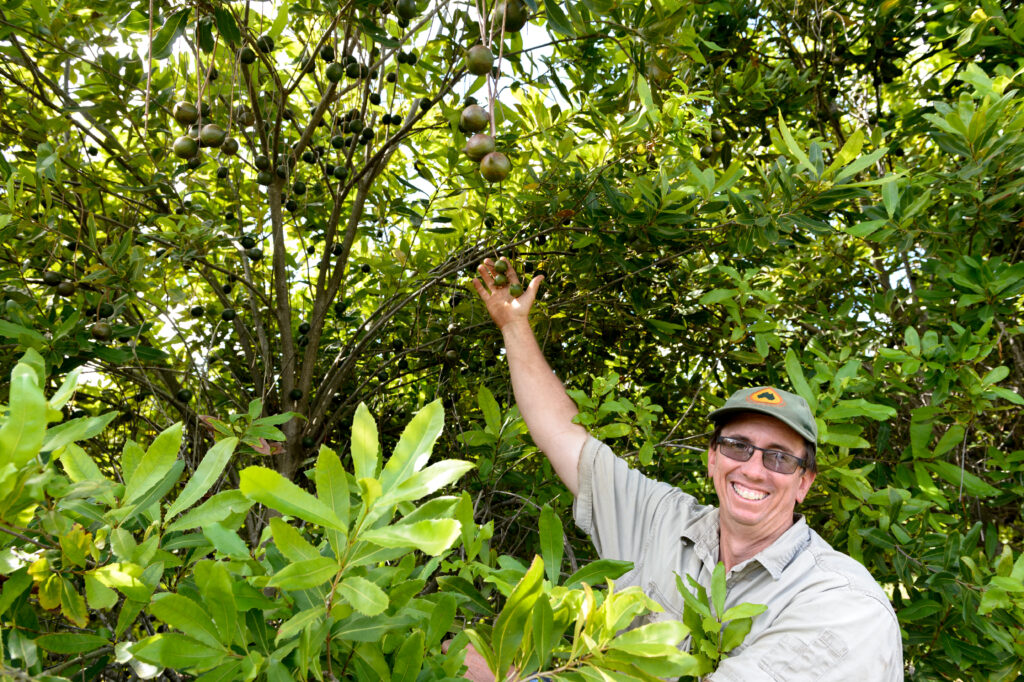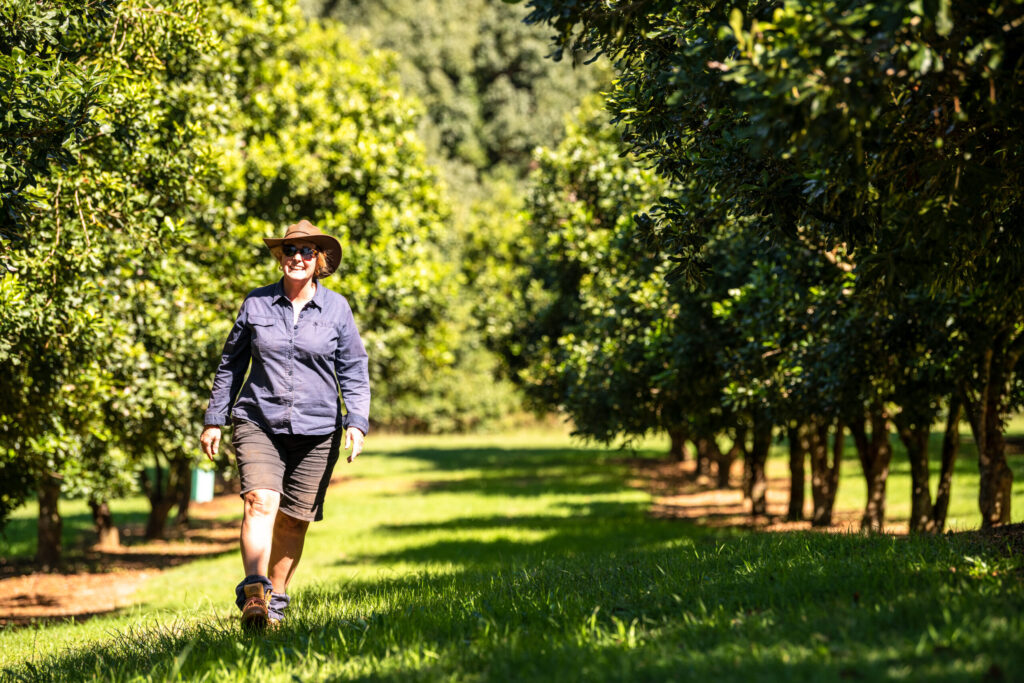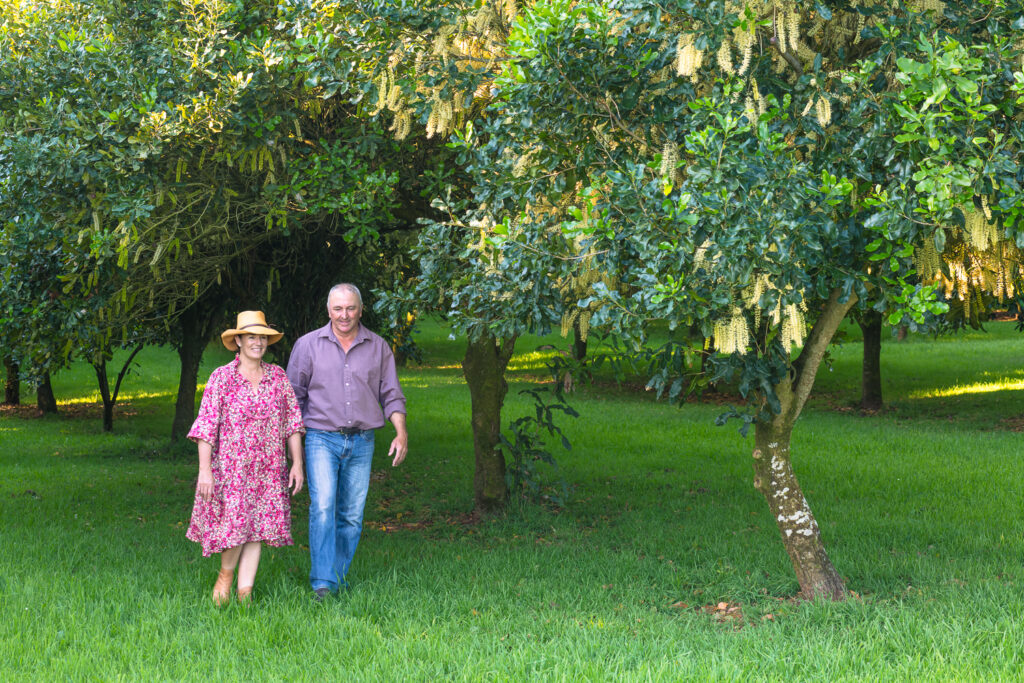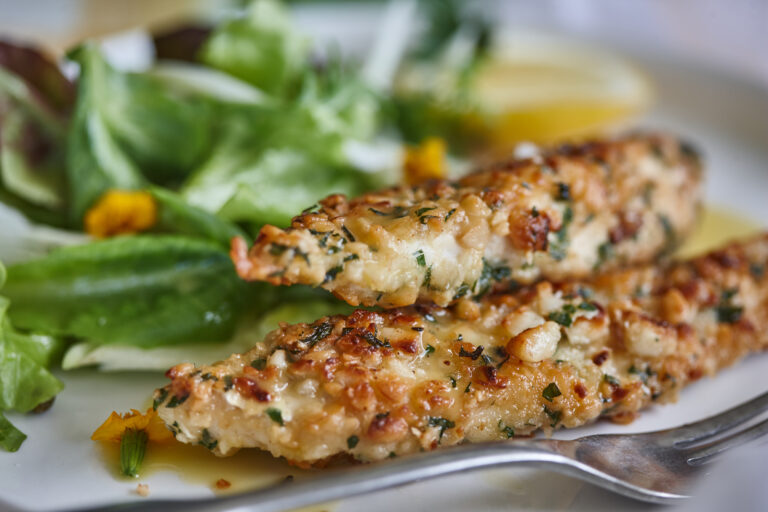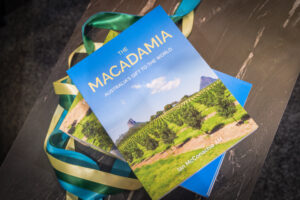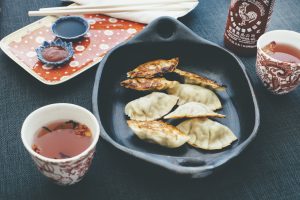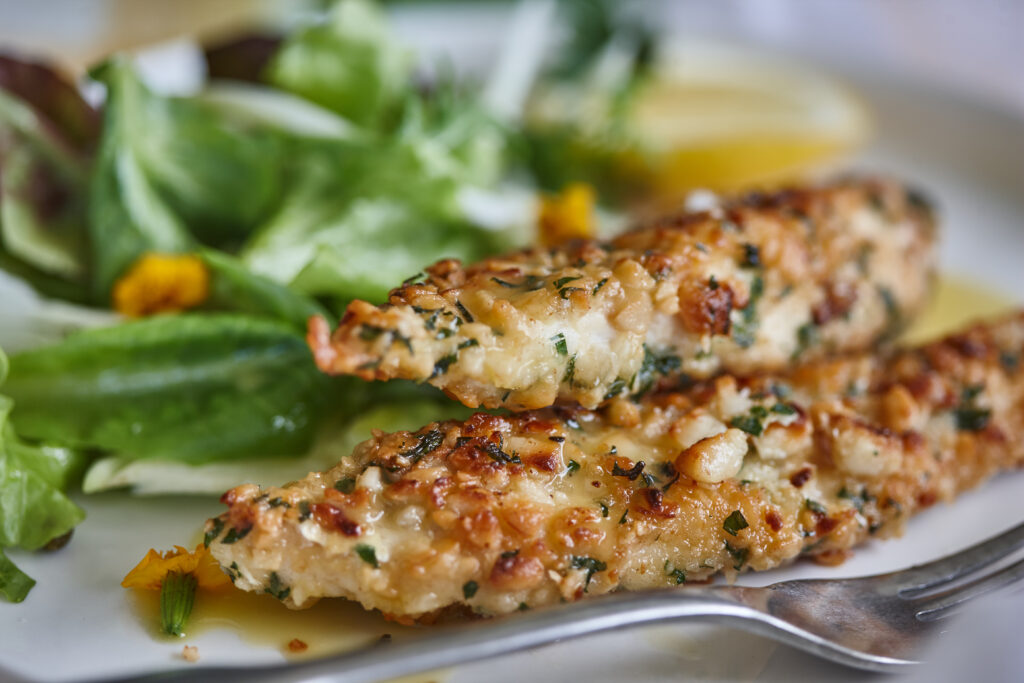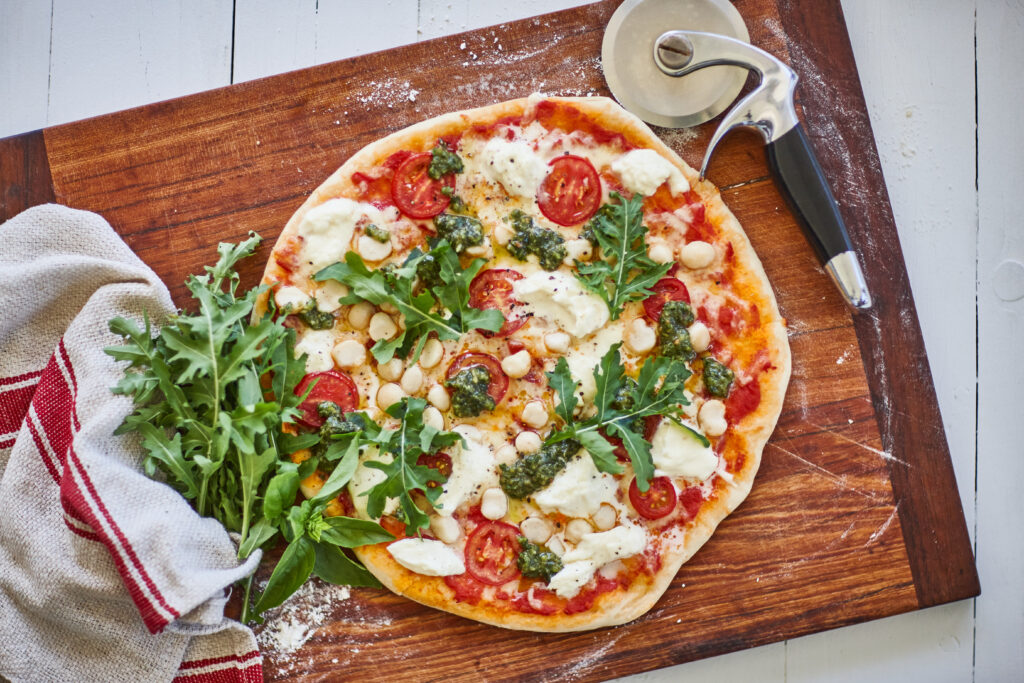Harvest is beginning across macadamia country, which means growers are very busy on their farms. Here’s what they’re doing.
It’s a busy time of year in the macadamia growing regions of Australia. The harvest is about to begin, so farmers are getting everything ready to collect their ripe macadamia nuts and send them off to processors, who then work their magic (especially with crackers) before sending them straight on to supermarkets, chefs and food manufacturers.
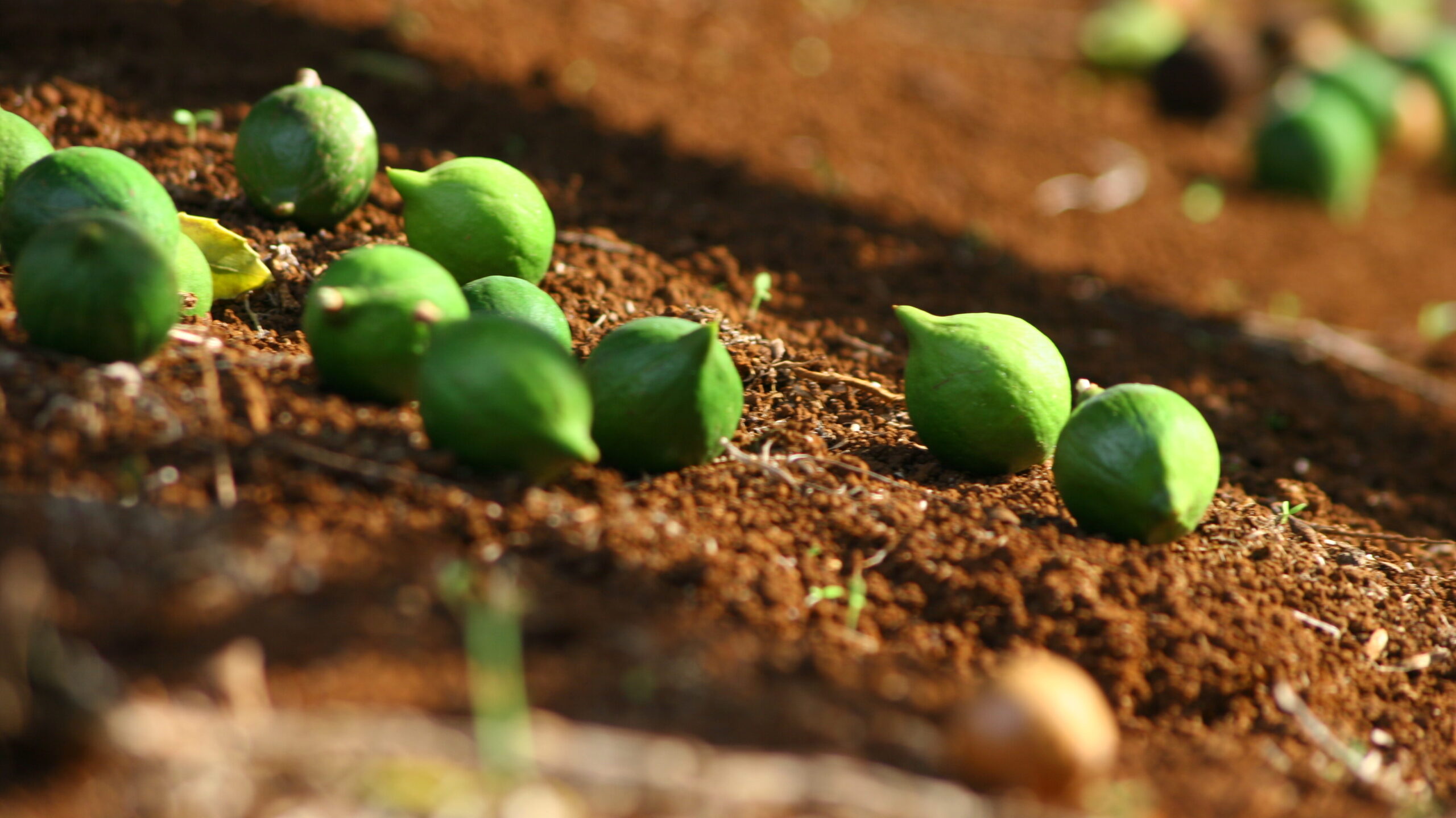
Here are a few things you might not know about how these delicious nuts get from the tree to you!
1 – The nuts aren’t actually picked, they are gleaned
Macadamia nuts fall to the ground when they are ready, so instead of reaching high to pick the nuts off the tree (like fruit pickers) our growers collect the nuts from the ground.
Harvest lasts for a period of around 5-6 months as the nuts continue to drop. Throughout the harvest season, farmers will pass through their orchards several times to collect all the fallen nuts.
2 – Growers get help from some hard core machines
Until the 1970s, macadamia harvesting involved heavy manual labour. Harvest was a slow, back breaking process until a push-along ‘finger wheel’ harvester was developed in 1974. Similar technology is still in use today, although it is mounted to a tractor rather than pushed by hand. The industry also uses ‘sweepers’ to flick the nuts into a collecting vessel. These are also mounted on tractors.
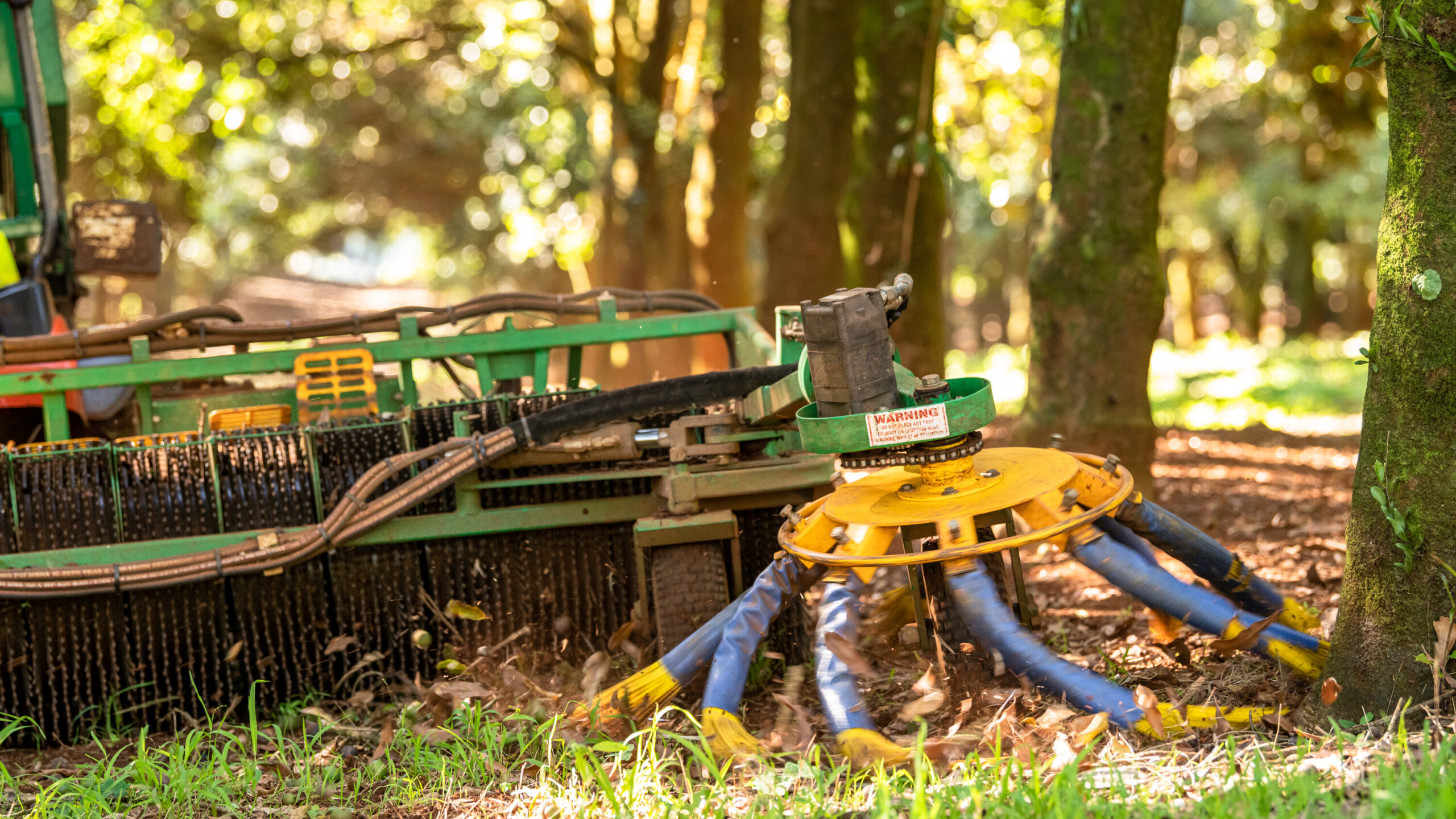
3 – The husks are handy
The hard macadamia shell is wrapped in a soft green husk. These husks are usually removed on the farm. Once upon a time, they went to waste, but now they are composted or used as mulch in the orchard.
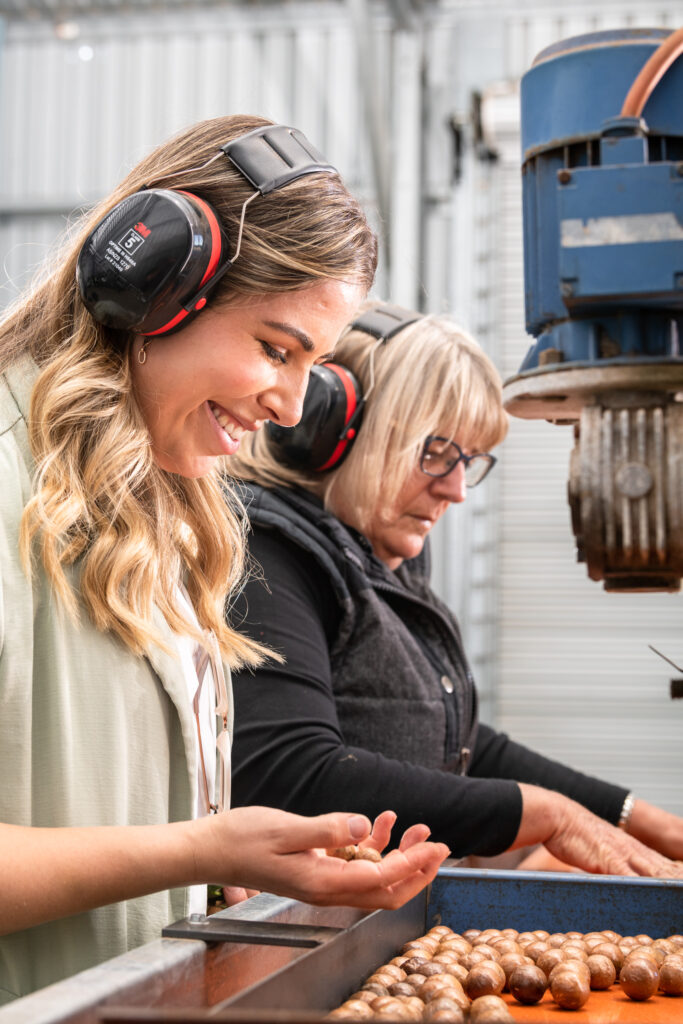
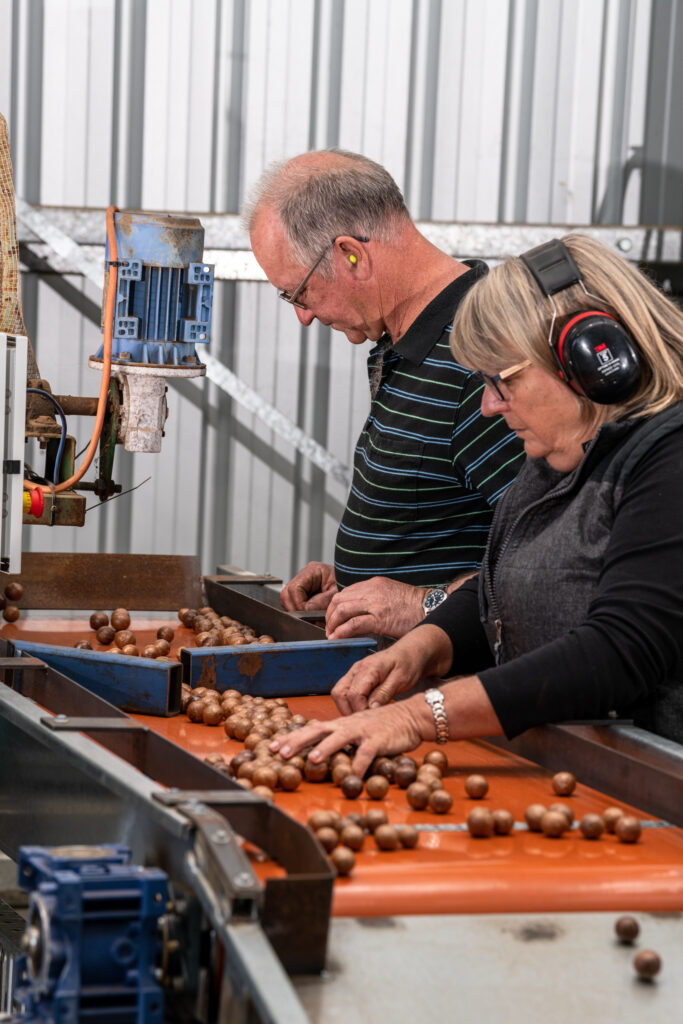
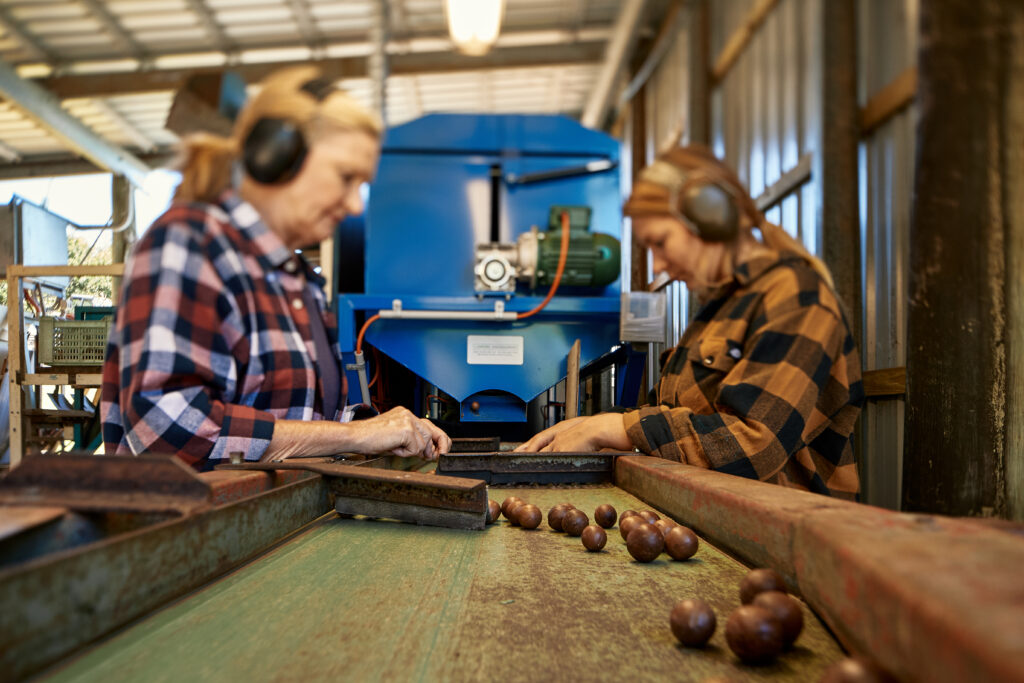
4 – The super hard shell requires industrial cracking
Growers deliver dehusked macadamias to processors in their shells where they are weighed, dried, graded and cracked. Because they are so hard, macadamias require specialist nut cracking machines! Some farmers have these onsite, but most send their nuts away to be processed. The very hard shells are as useful as the nut is delicious.
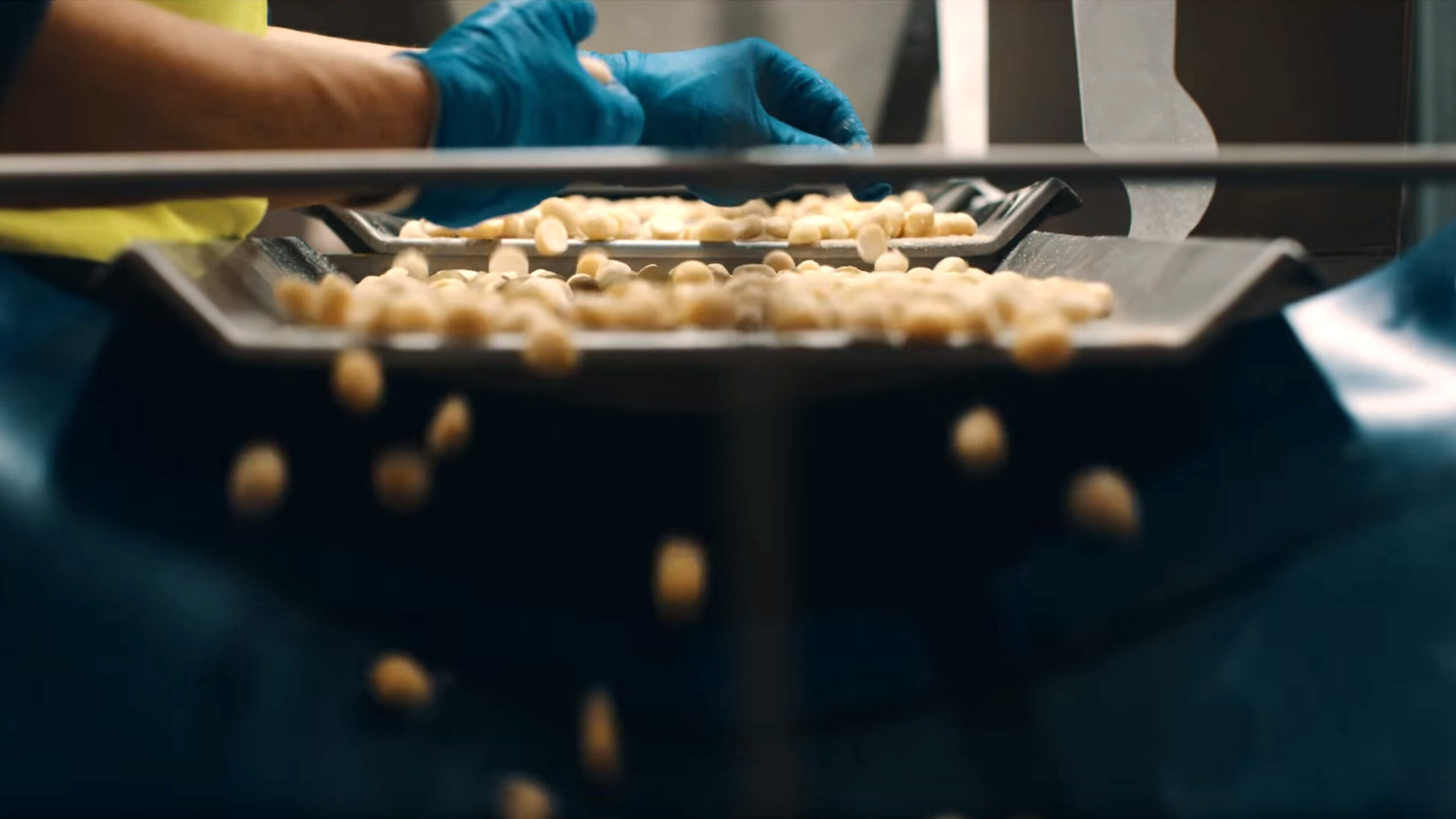
5 – Very little else happens to the nuts after harvest
After the nuts are cracked, each kernel is sorted, inspected and tested to make sure they meet industry specifications. Then they are sent through a sizing tower, which separates the nuts into different ‘styles’. The nuts are also steam pasteurised before they are packed and shipped to stores.
